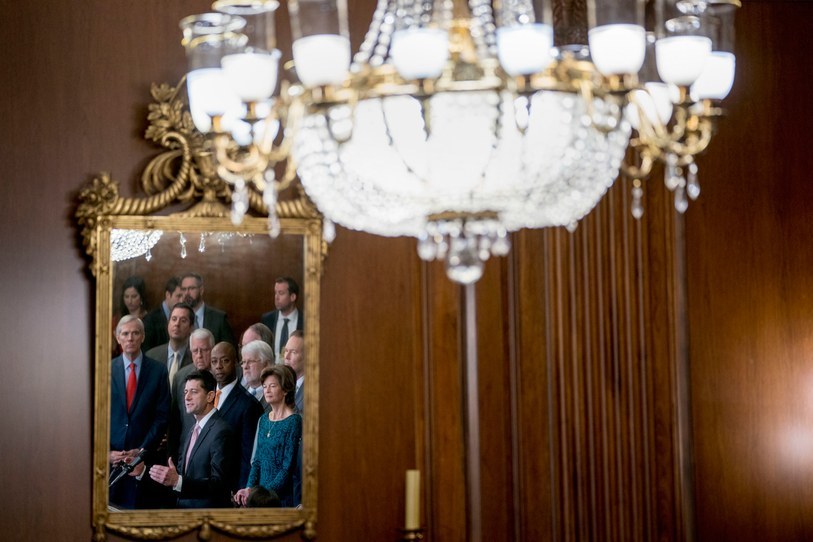In her regular columns for the New Yorker, Masha Gessen examines two recent studies which conclude that right-wing fake news has a far smaller impact than the hysteria over it would suggest. These studies focus on the US context, but Gessen’s takeaways from them are useful anywhere the ultra-right is enjoying a resurgence. Here’s an excerpt:
In the popular imagination, the public is divided into two segments of roughly equal size: the “liberal bubble” and the “right-wing bubble.” In fact, there has never been much evidence that this picture was true, and two recent data points contribute to disproving it. One is a large study of the reach and impact of fake news; the other is opinion-poll data on the tax-reform bill that Congress passed and President Trump signed into law in December. Together, they burst the two-bubble theory by showing that most Americans are better informed and less gullible than you might think. That, in turn, suggests that fighting “fake news” is not the solution, or perhaps even a solution, to our current political problems…
Still, the most salient, consistent, and counterintuitive result of these studies is that the image of the American public as divided into two equal partisan bubbles is wrong. Opinion data on Trumpian tax reform is real-life proof that most Americans share a fact-based view of reality. Poll after poll showed that voters opposed the tax bill, and that they did so on the basis of accurate information: they believed that it would benefit the rich. If there were indeed two equal-sized information bubbles in this country, one might reasonably expect half the population to buy Trump’s incessantly repeated line that the bill constituted a tax cut for the middle class. One would also expect roughly half the voters to support repealing the Affordable Care Act. That a majority of Americans support Obamacare and do not support the tax law is proof that accurate reporting still matters—sort of.
Image via the New Yorker.
